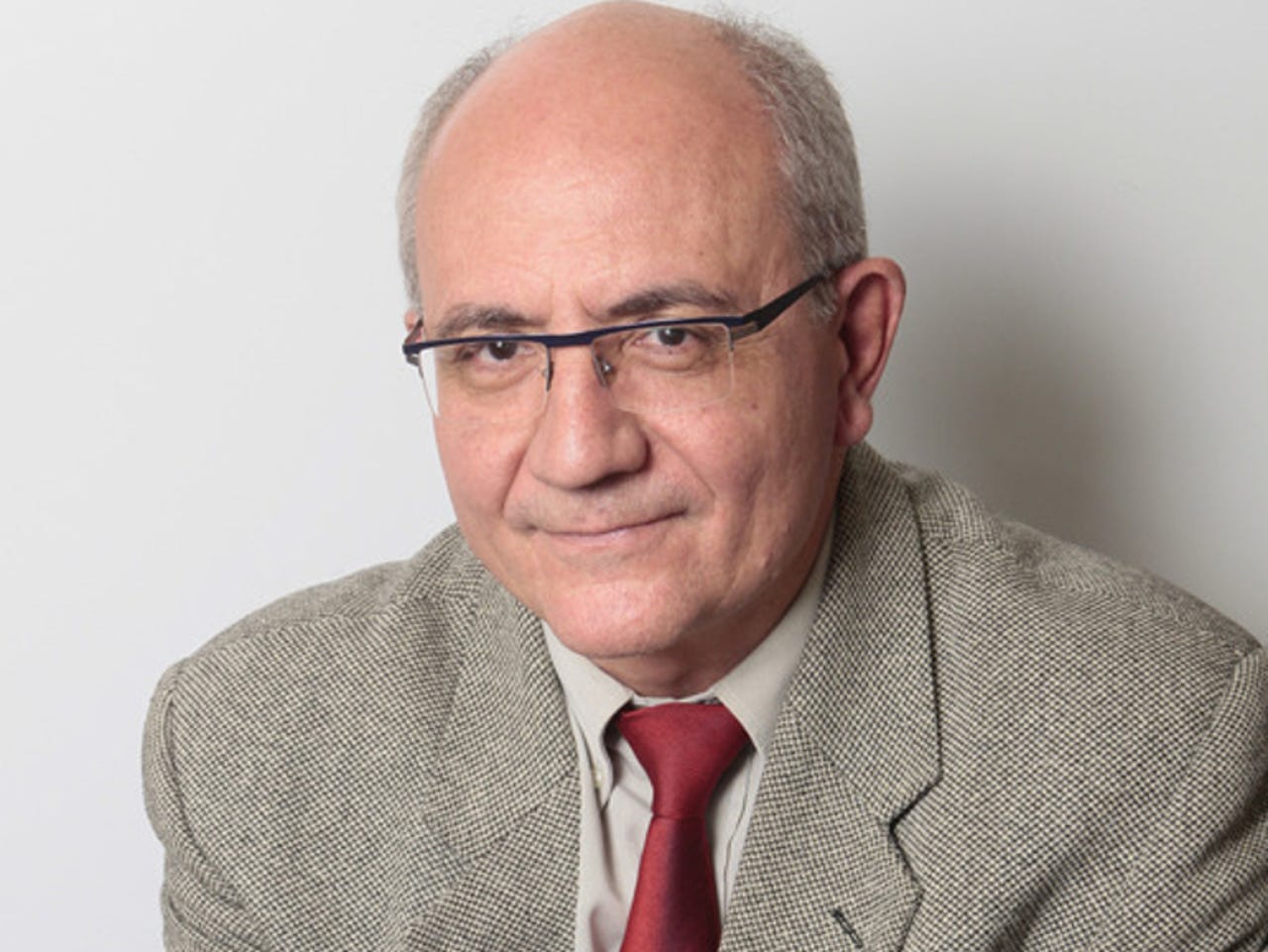Europe lags US on productivity - so can living labs help bridge the innovation gap?


ENoLL VP Artur Serra: 'The innovation process should include the entire social structure.'
In a recent speech, EU research, science, and innovation commissioner Carlos Moedas was very clear about one of the main obstacles facing the continent: "The European Union has a fundamental problem with productivity."
With the US enjoying 15 percent higher productivity than the EU, and given his remit, he understandably identified research and innovation as key to solving this problem, listing the top three priorities as open innovation, open science, and international collaboration.
Artur Serra echoes this idea, as the new vice president of the European Network of Living Labs (ENoLL). The concept of living labs is to provide facilities for tech providers and researchers where users can test a range of technologies in real-life settings.
The international federation of benchmarked living labs, which counts over 170 labs worldwide, aims to create a growing network of these services as a way of supporting the innovation lifecycle.
Serra admits that the European innovation ecosystem is still too top-down and bureaucratic. He believes that placing the citizen at the center of innovation will enable firms to mould their technologies to specific local contexts.
Part of that process involves promoting innovation models where government, industry, academia, and the public work together.
"The innovation process should include the entire social structure," Serra says. That's why ENoLL's motto is "empowering everyone to innovate", he adds.
The living lab concept, developed by Professor William Mitchell at MIT Media Lab, promotes knowledge sharing, collaboration, and experimention in open, real environments. Serra has plenty of experience in promoting user-driven innovation and the collaboration process for creating new services.
In 1997, he created the Center for Internet Applications at the Polytechnic University of Catalonia with Manel Medina, and in 1999 he launched i2CAT, a non-profit foundation promoting innovation and R&D activities on advanced internet architectures, applications, and services.
i2CAT was the first Spanish organization recognized by ENoLL in 2006. Serra also participated as research director in the development of Citilab, a center for social and digital innovation in Cornellà de Llobregat, 15km from Barcelona.
He admits many companies are still wary of open innovation systems for security reasons. "[But] it's just a matter of time" before they put it into practice, he argues.
According to Serra, a company is not a closed or isolated organism. It plays its cards in a complex ecosystem formed by many stakeholders on a global scale. So the future lies not just in buying and selling but in innovating with all agents in the ecosystem.
Big companies such as SAP and Endesa have understood they cannot stand still and have already developed networks of co-innovation.
Yet, the process is not easy for smaller enterprises. That is why i2CAT has also helped create the Industry Ring Initiative, or Anella Industrial 4.0 in Catalan, which connects the private sector, research centers, and universities via broadband to foster co-innovation processes in traditional sectors such as health, automotive, and food.
This public-private initiative is comparable to the German Allianz Industrie 4.0, or the Smart America and Industrial Internet Consortium in the US.
In the public sector, Catalonia has developed the SmartLAB initiative, gathering all the Catalan living labs recognized by ENoLL, Serra says.
Most of them are urban labs supporting the development of innovations that help users carry out everyday activities, such as saving energy and communicating with peers.
Urban labs are fundamental structures for resource-sharing and technology advancement. Yet, for Serra the concept is much broader.
In fact, Serra thinks the world is converging into a giant lab. It's a big network of laboratories of all kinds, including industrial labs, open-data labs, and digital-manufacturing fab labs. These are the institutions of the future, he says.
Read more from the IT Iberia blog
- Why Uber's rough ride in Spain could be about to get a lift
- How good is IBM Watson at foreign languages? One Spanish bank is about to find out
- Big red bridge, devs, startups: Guess the city behind this tech boom (hint: it's not San Fran)
- 5G may be the future of mobile: But a couple of things have to happen first